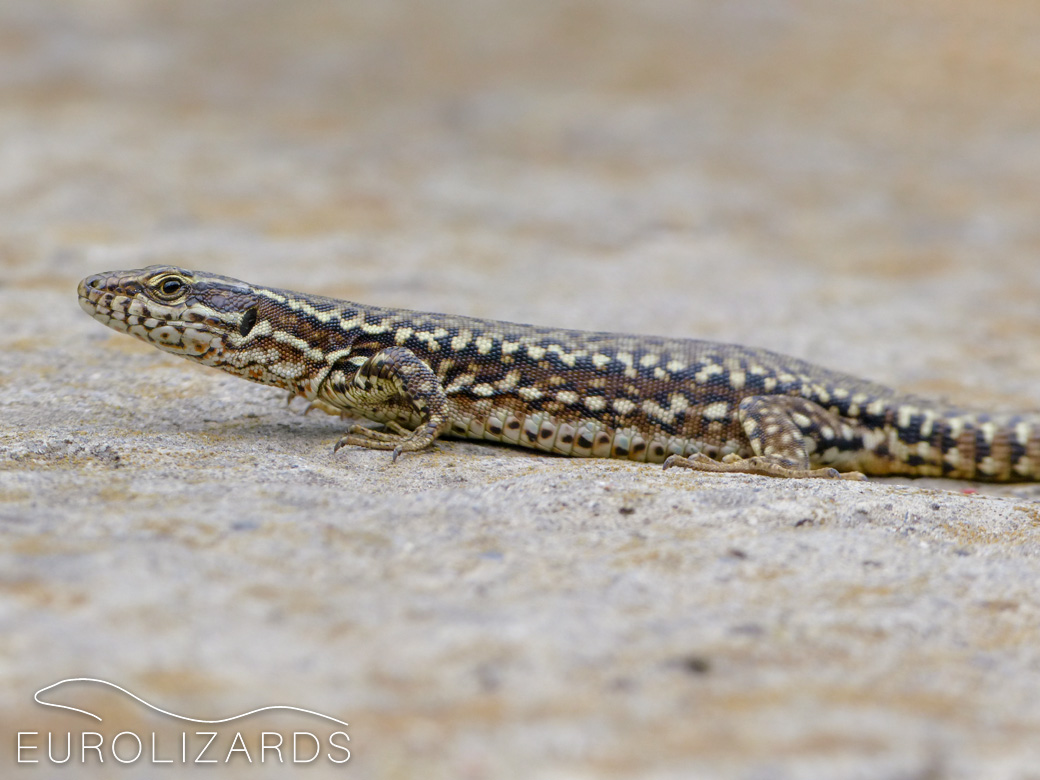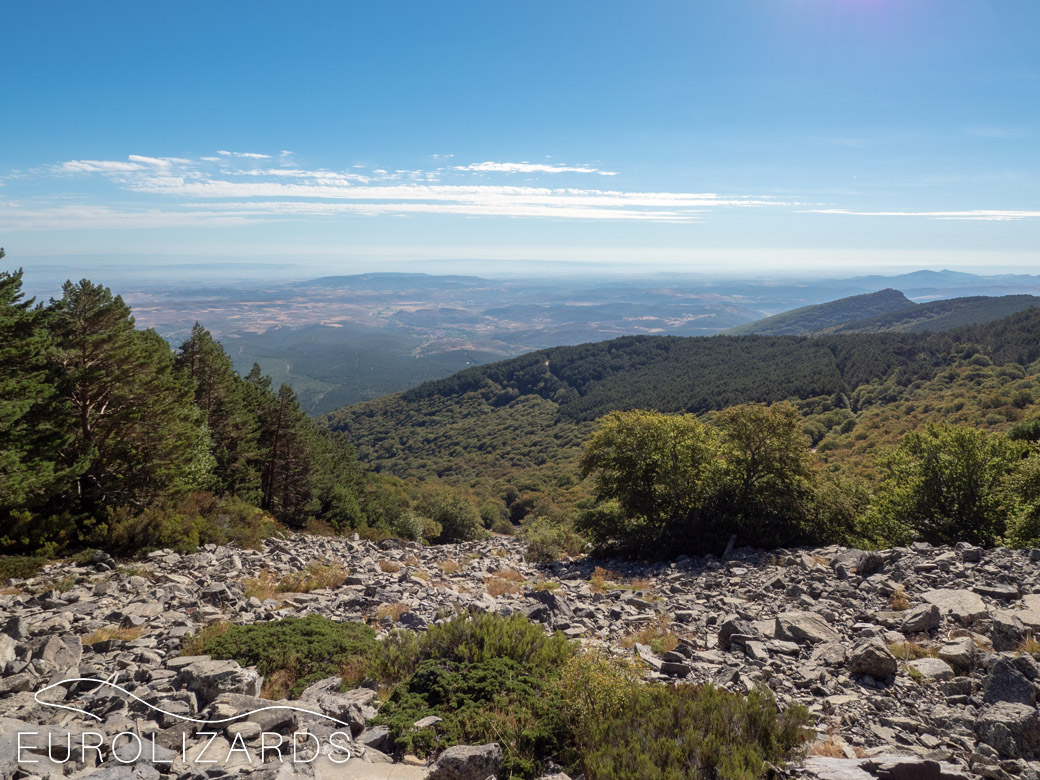Podarcis muralis - Common Wall Lizard

The Common Wall Lizard is really a heck of a lizard: highly opportunistic, invasive, with short reproduction circles - with these qualities, it was able to spread from its Italian origin and populate a huge area from north-western Spain to the Black Sea coast.
Actually, these highly adaptive lizards aren't reliant on "walls" or rocks as the common name may imply. Instead, they inhabit a wide range of habitats from coastal plains to high altidude mountain areas and even established strong populations in human settlements and big cities. Yet, they could be somehow regarded as a synanthropic species.
Numerous introduced populations do exist outside of the natural range - in Europe and even North-America. People might think that such a "common" lizard is boring - but we should keep in mind that these animals are state-of-the-art reptiles!
The nominate subspecies occurs on the Balkan Peninsula, from eastern Austria to Turkey. It's a brownish, robust Wall Lizard which frequently shows a dark brown stripe on the flanks which continues from the ear opening to the eyes. The underside is white or reddish and the throat is reddish or red- and black-dotted.
The nominate subspecies may be confused with other Podarcis species of that area (Podarcis melisellensis, Podarcis siculus, Podarcis tauricus, Podarcis ionicus, Podarcis erhardii and Podarcis peloponnesiacus), but also with Iberolacerta horvathi or Zootoca vivipara (see pages of those species for differentiation).


Subsp. brongniardii occurs from north-western Spain to western Germany. It looks very similar to the nominate subspecies frequently showing the characteristic dark brown stripe on the flanks.
It may be confused with Iberian Podarcis species, in particular Podarcis liolepis and Podarcis bocagei, although Spanish Podarcis are generally smaller and more delicately built. Furthermore, confusion with Zootoca vivipara and even Iberolacerta species (Iberolacerta bonnali, Iberolacerta aurelioi, Iberolacerta aranica, Iberolacerta monticola, Iberolacerta cyreni) is possible. See pages of those species for differentiation.



Subsp. nigriventris occurs in central Italy. It shows dark colourations and a distinct black underside with green colours on the back (see also the female in the header picture). It may hardly be confused with Podarcis siculus which shows much lighter colours.

Subsp. maculiventris occurs in northern Italy. Males of this subspecies show black spots on the undersides, which lack in the nominate subspecies. It may be confused with Zootoca vivipara or Podarcis siculus (see pages of those species for differentiation).
Subsp. colosii on Elba (Italy) may look similar but it is highly variable in pattern and sometimes even resembles to Podarcis siculus. Another subspecies - Podarcis muralis breviceps - occurs in southern Italy which seems to be restricted to mountain areas of Calabria and Gargano. This poorly known morph looks similar to subsp. maculiventris or even the nominate subspecies.


EUROLIZARDS - The Home of European Lizards! © Birgit & Peter Oefinger
